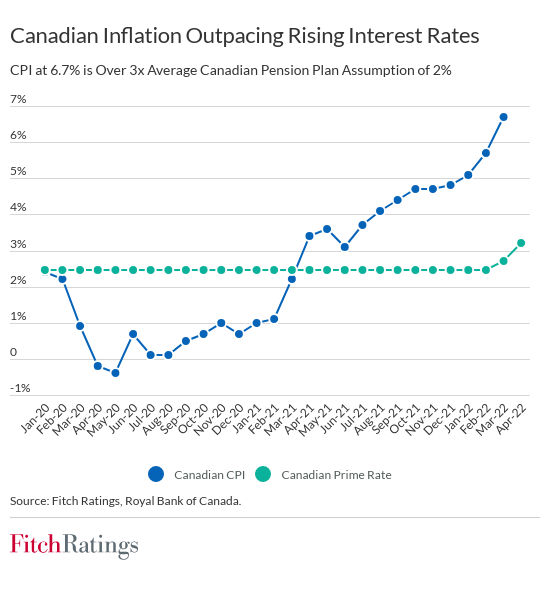New report considers the impact of rising costs, weaker growth, and stagflation on the performance of pension funds

Canadian pension funds are facing a period of economic uncertainty with higher inflation, modest economic growth, and market volatility.
But how well positioned are they to weather the storms that look to be on the horizon?
According to a new analysis from Fitch Ratings, funds should be able to withstand the triple whammy of headwinds, but if this moves into stagflation then things may be more challenging.
Canadian pension funds’ long-only strategy makes them more vulnerable to economic and market downturns, with investment returns essential amid the potential for active members to outpace benefits paid to a growing number of retirees.
However, Fitch still believes that funds’ long-term investment horizons, captive inflows, relatively predictable outflows, asset diversification and strong liquidity are supportive of their current ‘AAA’ ratings and stable outlooks.
The firm expects pension payments to increase in 2023 as annual inflationary increases are tied to Canadian CPI growth for the preceding 12-month period.
Wage inflation
While investment performance will be impacted by geopolitical tensions, Fitch says that higher wage inflation could boost near-term fund inflows and pension incomes.
The report notes that Canadian pension plans have lower funding risk than US peers, due to their full or nearly fully funded status, more conservative assumptions, and lower real discount rates.




